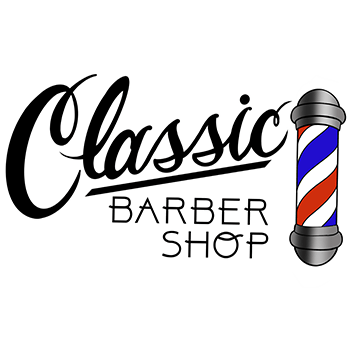The barbering sector holds a crucial role in personal grooming and self-maintenance. Nonetheless, it is vital to emphasize the wellness and security of both customers and stylists in this setting. Robust health and safety standards are paramount for maintaining cleanliness protocols, avoiding incidents, and ensuring a favorable interaction for everyone involved. By following these regulations, professionals can create a safe environment that encourages confidence and ease among patrons.

One key component of health and hygiene in barbering is sanitation. Stylists must comply with rigorous hygiene protocols, including frequent disinfecting of tools and workstations. This includes sanitizing scissors, clippers, and combs after every use to remove the possibility of transmitting germs or infections. Additionally, professionals should use sanitized capes and towels for each client to promote a hygienic setting. Applying these practices not only protects clients but also boosts the credibility of the grooming business.
Another important regulation focuses on the safe management of substances used in hair treatments. Products such as hair dyes, relaxers, and other formulations can pose hazards if not handled properly. Stylists must follow safety guidelines for the storage and application of these products to avoid dermal reactions or sensitivities among customers. Wearing gloves and providing adequate ventilation during procedures are crucial measures that professionals should implement to protect customer well-being while offering high-standard care.
Accident prevention is also a vital component of health and safety regulations in barbering. Barbershops should be designed with precaution in mind, reducing dangers such as wet surfaces or disorganized areas. Team members should be educated in response protocols, including how to manage lacerations or thermal injuries that may occur during treatment. Supplying first aid kits and ensuring that all staff members know click for source their locations is an effective way to prepare for unexpected incidents. By prioritizing safety measures, practitioners can maintain an atmosphere where patrons feel safe and find this well-attended.
Lastly, clear interaction is essential to supporting customer safety in the grooming profession. Stylists should engage with clients about their needs and any potential risks associated with the services offered. This includes discussing sensitivities to products or previous adverse reactions experienced by clients. By fostering open dialogue, barbers can build trust with their customers while delivering that they receive personalized care tailored to their unique needs. In the end, upholding wellness and protection standards will lead to improved client satisfaction and a thriving barbering business.